
A time zone is a belt of longitude (approx. 15 degrees wide) in which all areas have the same time. There are 24 times zones.
- Subject:
- Science
- Provider:
- Utah Education Network
- Author:
- Visual Learning Company
- Date Added:
- 02/28/2010

A time zone is a belt of longitude (approx. 15 degrees wide) in which all areas have the same time. There are 24 times zones.
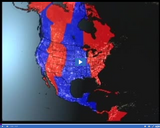
There are four time zones in the continental US.
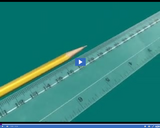
Metric rulers are divided into centimeters, which are further divided into millimeters. This ruler contains 30 centimeters.

A cubic meter is one meter long, by 1 meter high, by 1 meter wide.
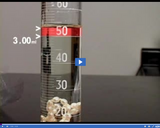
The object displaces 3 milliliters of water, which is equivalent to 3 cubic centimeters, so the volume of the object is 3 cubic centimeters.

Compound light microscopes have more than one lens and use light to magnify an object.
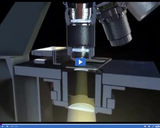
In a compound light microscope, light passes up through a specimen and then through two or more lenses before reaching the eye.

A microscope is an instrument that makes small objects look larger.
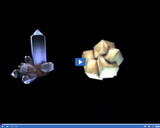
One way in which minerals differ is the type of crystal structures they form.

Three common shapes of crystals are hexagonal, orthorhombic, and monoclinic.
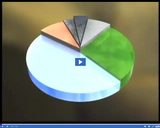
Shows the distribution of major elements in Earth's crust.
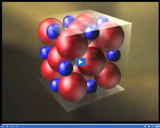
In this salt diagram, atoms are arranged in a cube, which is considered its crystal structure or pattern.
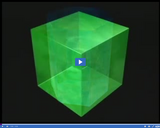
Crystals come in a variety of shapes. Each crystal system is defined by an arrangement of its axis.
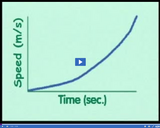
This animation compares the graphs of an accelerating object and a decelerating object.
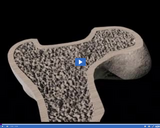
Bones are hard substances made of minerals and other materials.
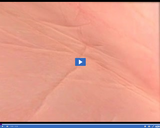
Your body is made up of millions and millions of cells.
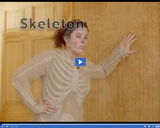
A skeleton is the body's framework.
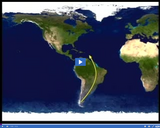
This map depicts the migratory pattern of red knots.
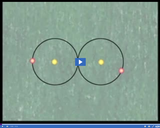
The charge of particles plays an important role in how they react with one another.
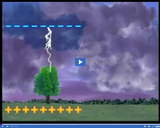
Lightning is an example of electric discharge that occurs when the buildup of charges between a cloud and the ground becomes great.